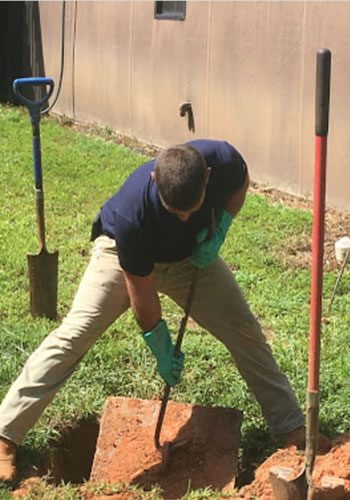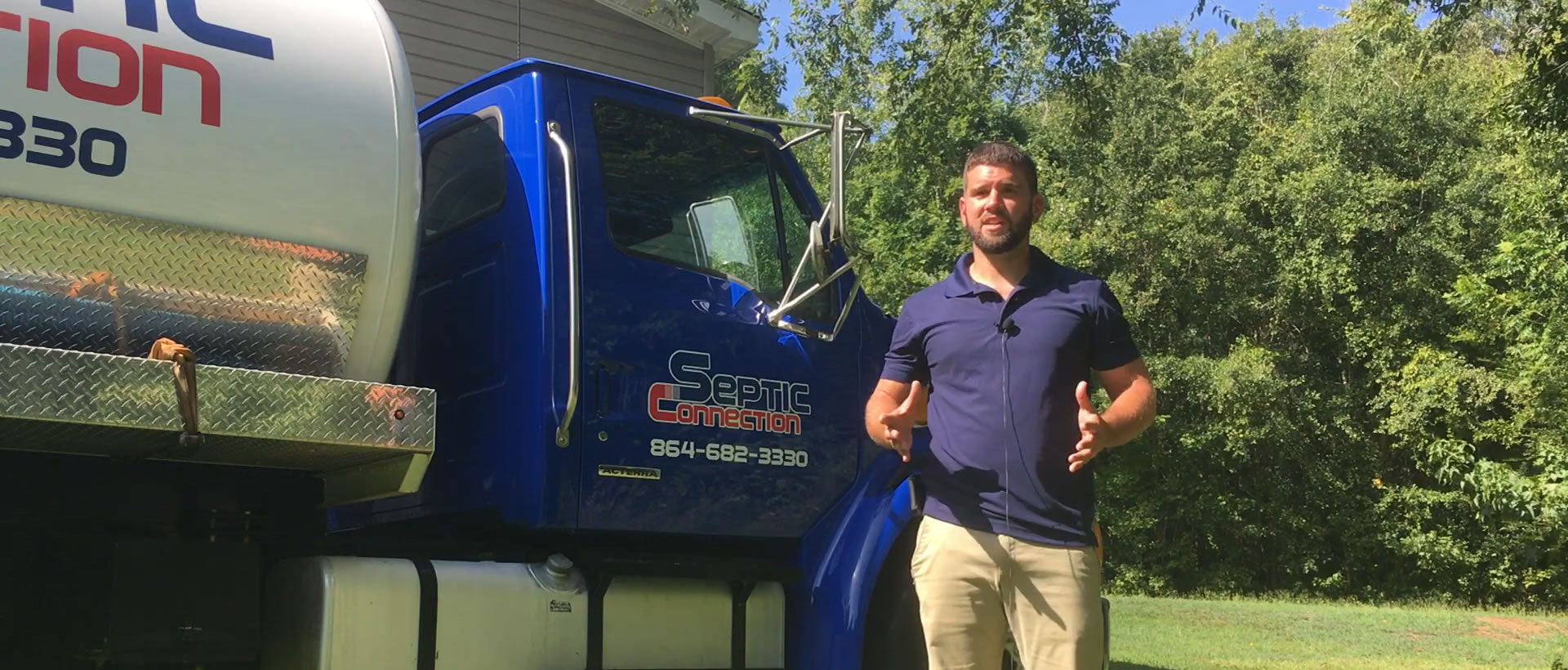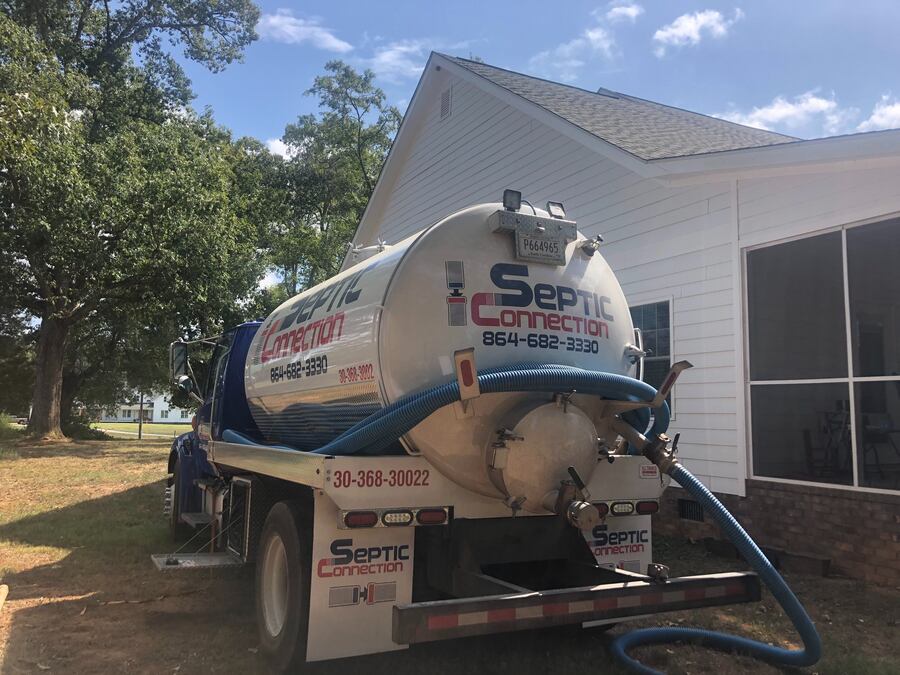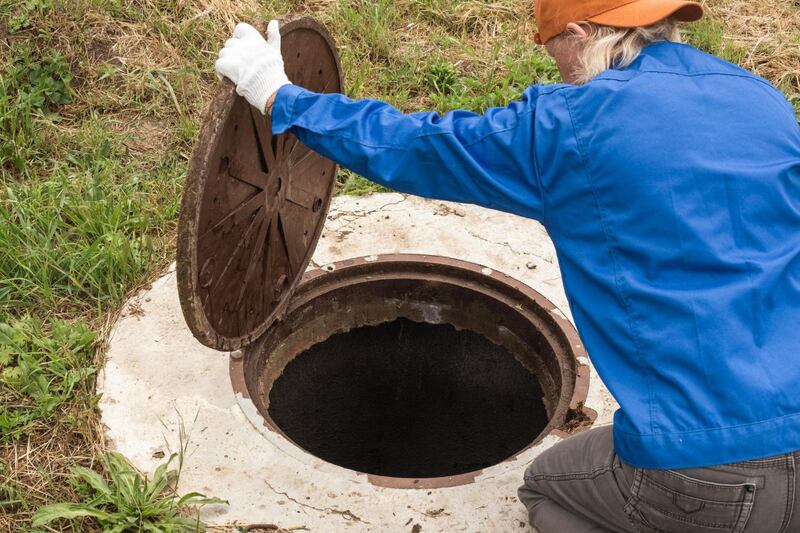
What’s Involved in a Septic Inspection?
Are you looking for a new home or considering a septic tank installation? If so, knowing what is involved in a septic inspection is crucial to help you maintain an efficient and durable system. At Septic Connection, we leverage extensive expertise and knowledge to ensure a seamless process and high performance for years. As a reputable septic company, we ensure your system is free of blockages, leaks, and other malfunctions that can compromise efficiency. Whether buying a home with an onsite treatment unit or installing one, here’s what you need to know about inspections to help you decide.
Common Checks During a Septic Inspection
When you call your local septic company in Fountain Inn, SC for an inspection, they’ll show up with a list of areas that need attention. The first step before a septic inspection is to detect the tank and drain field. While the location might be obvious following a recent septic tank installation, it might not be the case for older homes. Once the technicians understand the landscape, they will proceed with inspections to diagnose and address underlying issues before s they get out of hand.
Visual Septic Tank Inspection
Before inspecting the system, your technician will inquire about the last inspection, age, and the frequency of septic tank pumping sessions. The technician will also run water in all your plumbing fixtures, including showers, sinks, and toilets to assess your water pressure. Lastly, a visual inspection culminates at the drain field, where septic contractors check for odors, pooling, greener grass, or sogginess over the system. During a visual inspection, the technician can pinpoint the cause of system failure and recommend effective septic tank repair and maintenance solutions.
Comprehensive Title V Septic Tank Inspections
A comprehensive septic inspection entails evaluating all the components of the system for deterioration. The technician will evaluate outdoor components like the tank leach field, pipes, drains, and pumps, as well as an indoor water test. Unlike a visual inspection, a comprehensive Title V inspection focuses on the sink garbage disposal, recent meter readings, sludge depth, recent septic tank pumping, and alarms.
The Leach Field
A septic inspection starts in the yard, where the technician evaluates your leach field for puddles, foul odors, and standing water. They may introduce a special dye indoors to track its journey through your system. If the dye fails to reach the leach field, it might be time to consider septic tank cleaning and maintenance. Professionals use extensive expertise and specialized tools to clear buildup in your system, ensuring efficiency and functionality year-round.
The Septic Tank
During a septic inspection, the technician will remove the lid to check wastewater levels in the tank. While excess wastewater can damage your unit there should be at least 8 to 12 inches below the unit’s surface. If the wastewater exceeds this range, it is time to schedule a septic tank pumping and maintenance session. Sludge and scum can accumulate, posing serious risks and costly septic tank repairs if left unattended.
If you have an onsite wastewater treatment system or are thinking about installing one, investing in routine inspections is crucial. Contact us at Septic Connection and talk to our experts to learn more about septic care. We provide exceptional services, including septic tank cleaning and repair, at friendly rates.
 How it works
How it works




